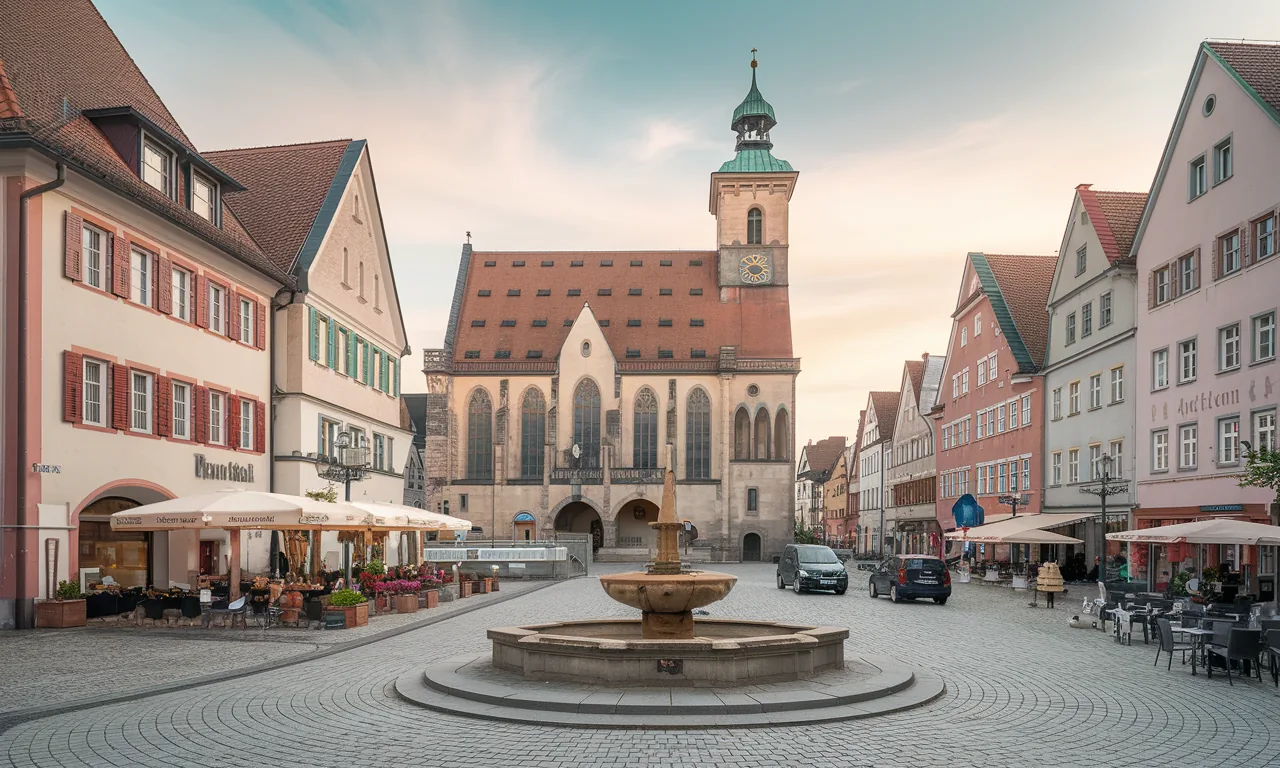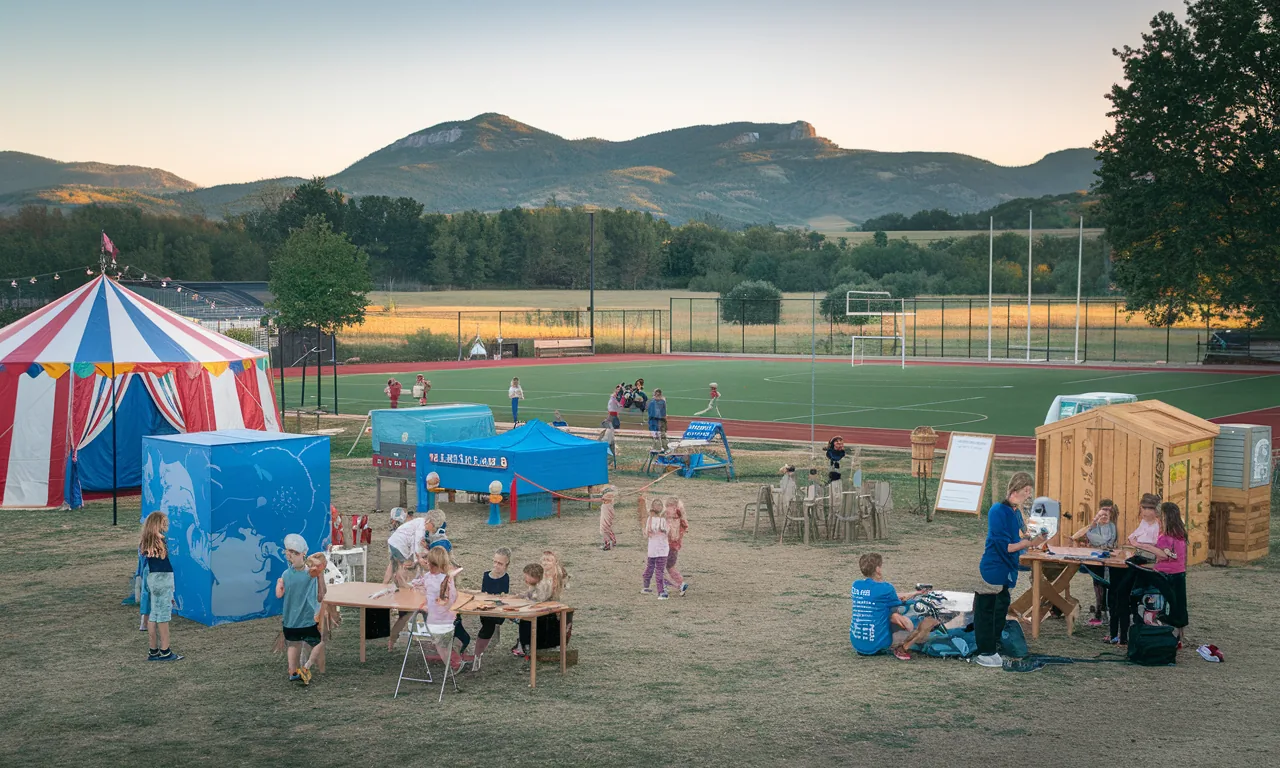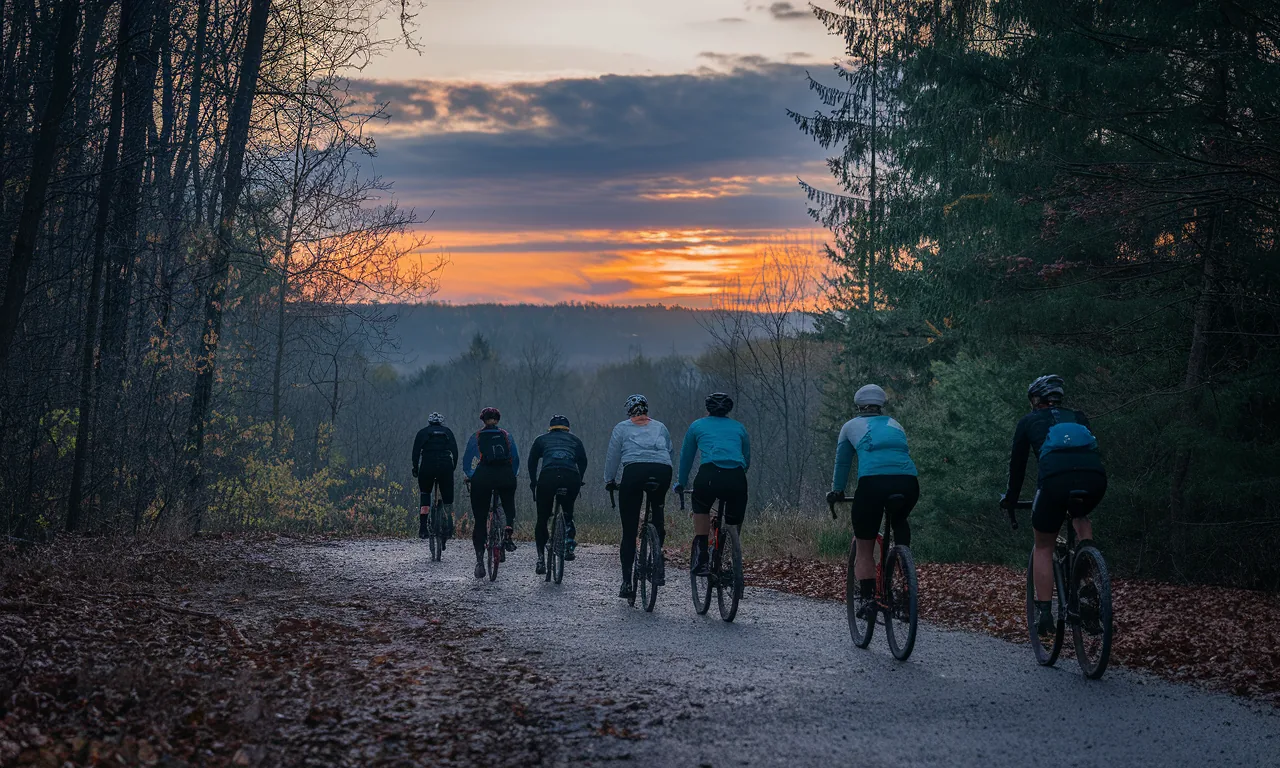Traunstein: Most Beautiful Neighborhoods Around the City Square
The Most Beautiful Neighborhoods in Traunstein – and What Makes Them Special
Traunstein can be explored in stages: from the lively city square to the historic Salinenviertel in the Au and to quiet viewpoints on the Weinleite. This guide compiles the essentials for a compact, well-planned city walk – with notes on highlights, the best times to visit, and a sense of direction.
Introduction
What makes a city immediately likeable: its cobblestone heart or the quiet riverside paths? In Traunstein, the answer often starts at the city square – and leads down steps into the Au to a quiet viewpoint above the rooftops. Two details that many only discover at second glance: why one tower is affectionately called “Jacklturm” and where a small Lourdes Chapel is hidden right in the city center.
The selection is based on official city information, regional city tours, and established visitor recommendations. Ideal for locals who want to experience their city anew, and for guests eager to grasp the character of the neighborhoods in a short time.
Old Town at the City Square: Tower, Fountain, Alleys
The old town around the city square is the beating heart of the city. Here, city history and everyday life are closely intertwined: the parish church of St. Oswald, the distinctive city tower – known by many as the “Jacklturm” – and the Lindlbrunnen as an outdoor meeting point. Between Hofgasse and Fuchsgrube, a network of alleys opens up, as valued by locals as by visitors.
Arriving here, you quickly feel the rhythm: market stalls, street cafés, short distances. The old town forms the economic and social heart of the city – here, shopping, culture, and encounters come together. At the same time, the historic scale remains tangible, benefitting the quality of stay.
Notable moment: In the late afternoon, when the facades reflect warm light, city life takes on a particularly atmospheric quality between the parish church and Lindlbrunnen. The origin of the name “Jacklturm” is explained differently locally – but one thing is certain: The tower is one of the characteristic guardians of the old town.
- Best time: Late afternoon to early evening.
- Note: Cobblestone paving – sturdy footwear recommended.
- Route tip: City Square → Hofgasse → Maxplatz; with detour to the parish church of St. Oswald.
Salinenviertel in the Au: Discover Salinenpark
Below the old town lies the Au – the historic Salinenviertel, whose development took off in the 17th century with salt production (often dated around 1619). Today, you can experience the history of technology and everyday life in Salinenpark as an open-air site: information boards, preserved buildings, and traces of the historic brine pipeline show how salt shaped the city.
The Salinenkapelle is especially eye-catching, a remarkably spacious sacred building that reflects the former importance of the saline. Several paths connect the old town via stairways with the Au – cityscape above, river space and technical history below.
- Why it matters: Industrial heritage creates identity, strengthens educational offers, and complements recreation by the water.
- Suitable for: Families, school groups, and history buffs.
- Tip: Descend from the city square to the Au: noticeably cooler and shadier on hot summer days.
City Park and Culture Axis: Monastery & Parish Church
West of the old town, the city park opens as a green lung. Here, joggers, families, and readers on benches meet. The chapel of St. George and Catherine creates calm accents in the green, while Ludwigstraße as a cultural axis leads toward the monastery. This band of park, sacred buildings, and city paths is considered by city tours as ideal for a leisurely stroll.
Green spaces like the city park are more than a backdrop in times of hot summers: they cool, filter the air, and invite slower rhythms – important components for quality of life. Along the culture axis, you encounter quiet courtyards, historic walls, and small squares.
- Best time: Morning for peace and quiet, late afternoon for warm light.
- Combination: City park break, then return to the old town.
Maxplatz, Art Nouveau & Villa District
Just a few steps from the city square lies Maxplatz – smaller, quieter, with a special feature: the Lourdes Chapel. The intimate grotto feels like a reliable place of retreat right in the urban space – a moment of silence between errands.
East of here, Traunstein shows another facet: Art Nouveau around Bahnhofstraße and the neighboring villa district with addresses like Leonrod-, Hausen-, and St.-Oswald-Straße. Eye-catching facades, floral ornaments, and lovingly crafted details tell of the self-confidence of a growing city around 1900 and of an architectural culture that held craftsmanship in high esteem.
- Value today: Architectural quality promotes careful renovation and turns walks into journeys of discovery.
- Photo tip: Early morning – the shadows highlight the ornaments, the Lourdes Chapel lies in soft light.
Traun Riverbank and Triftweg up to the Viaduct
On the river, Traunstein reveals its close-to-nature side. The Triftweg follows the water, gravel banks glitter, in summer it smells of grass, in autumn of leaves. The path leads up to the impressive viaduct on Kammerer Strasse – a remarkable feat of engineering and popular photo subject.
Historically, the Triftweg recalls log drifting; today it is a low-threshold access to nature. Floodplains promote biodiversity and provide residents with a quick change of scene.
- Tour tip: Salinenpark → upstream along the river to the viaduct → return with a stop in the old town.
- Seasonal: Early autumn for colors, early summer for blossoms and long evenings.
Weinleite to Ettendorf: Ettendorf Viewpoint
Above the Traun, the Weinleite runs along the sunny slope. The name recalls earlier use; today it's a quiet path offering lines of sight across the city. Stairs lead up to Ettendorf. At the top awaits the small Ettendorf church with a panoramic view that on clear days stretches to the Chiemgau Alps.
This section is Traunstein's quiet stage: dawn above the rooftops, evening light making the river shimmer silver. For locals, the Weinleite is a classic place for an evening walk, for guests a fitting end to a city stroll.
- Circular tour: City Square → Old Town → Au → Traun riverbank → steps to the Weinleite → Ettendorf Church → return via the old town.
- Note: Stair passages – alternative, low-step routes are possible via roads along the slope.
Why These Neighborhoods Define Traunstein – Today and Tomorrow
The neighborhoods mentioned connect historical functions (Salinen district in the Au), urban development focal points (old town squares, culture axis), and scenic locations (Traun riverbank, Weinleite). For the city, they mean identity, for the economy frequency, and for all generations quality of life.
Looking ahead: The trend toward walkable, green cities plays into Traunstein’s strengths. With short distances between city park, Salinenpark, and old town, everyday life stays compact and relaxing. Care for the city’s architectural heritage – from Art Nouveau to the Salinenkapelle – also makes the city future-proof, as it preserves what is special and develops it with care.
Practical Orientation and Planning
- Starting point: City Square (walkable from Traunstein train station, about 10–15 minutes).
- Duration: Compact Old Town & Au round: 60–90 minutes; with Weinleite/Ettendorf: 2–3 hours including breaks.
- Equipment: Comfortable shoes, slip-resistant soles in wet weather (stairs, gravel paths).
- Respect: Sacred spaces (e.g. Lourdes Chapel, Salinenkapelle) are places of silence – please be considerate.
- Safety: Avoid riverbanks when flood warnings exist; observe current information from the city.
- Accessibility note: Many routes are level; stair sections can be bypassed via slope-side roads. Please check details and daily accessibility on site.




